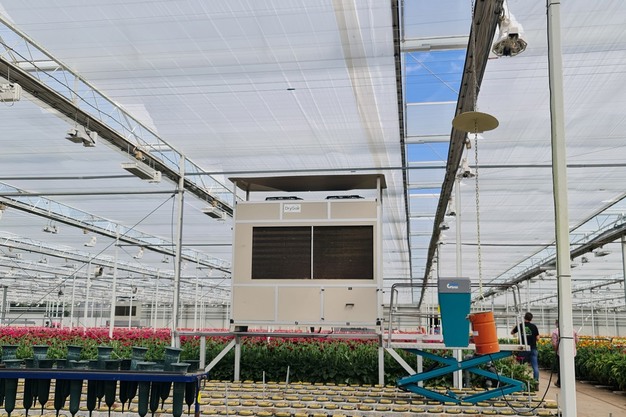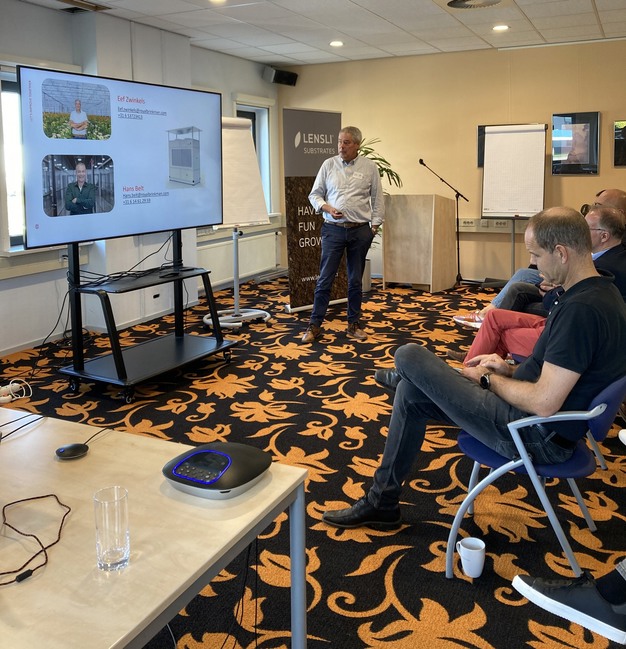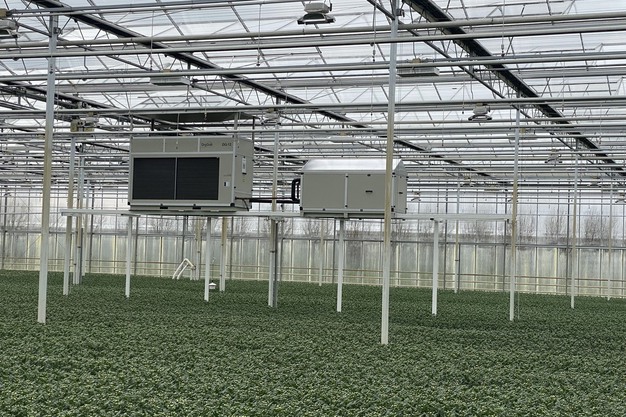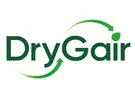“Using DryGair for dehumidification has been found to save an average of 50% on heating requirements,” says Eef Zwinkels of Royal Brinkman, who recently presented DryGair at the semi-annual Horti Footprint Circle meeting.
The Horti Footprint Circle, powered by Greenhouse Sustainability, is an initiative to reduce the carbon footprint of commercial horticulture. This is done by calculating the carbon impact of various horticulture equipment and machinery. It includes both the negative and positive impact of a specific piece of machinery to provide a transparent net carbon footprint.
Growers can use this information to easily determine whether investing in certain products will increase or decrease their carbon footprint.

Horti Footprint Circle program adds DryGair as participant
One of the companies that have already joined this program is DryGair, a horticulture dehumidifier manufacturer.

Using DryGair as an example, the Horti Footprint Circle team is currently in the last stages of finalizing a footprint calculation for the DG-12, the company’s flagship unit. The calculation takes a wide range of parameters into consideration.
One side of the equation includes the negative impact, such as raw materials, manufacturing, transportation, operational energy requirements, etc. The other side of the equation calculates the positive impact DryGair has in a greenhouse. In this case, the positive impact is a substantial reduction in energy required for heating.
Though the final figures still have yet to be published, preliminary calculations already show DryGair has a significant positive impact on the carbon footprint of greenhouse production. This means growers who install and use DryGair reduce their environmental impact.

DryGair Eligible for Dutch Greenhouse Energy Efficiency (EG) Subsidy
DryGair has been on the market since 2010. During this period, growers around the world, in a variety of crops and growing techniques, have found the system to save up to 70% on heating.
This is achieved by controlling humidity effectively without opening windows or using ventilation. It lets you keep the greenhouse closed and insulated, retaining all heat inside. Recent research from Wageningen University backs this, finding that dehumidification with latent heat recovery can reduce greenhouse energy consumption by more than 60%.

Growers in the Netherlands are well aware of DryGair as one of the most efficient products for greenhouse production. Hundreds of units are already running in greenhouses around the country, spanning a variety of crops, including flowers, potted plants, and vegetables.
In fact, many growers have purchased DryGair units using the Dutch government’s Energy Efficiency for Greenhouse Horticulture (EG) subsidy. This fund is for greenhouse growers who want to invest in energy-saving measures that reduce CO2 emissions. The EG subsidy for 2023 has recently opened for applications.
“Together, the EG subsidy and Horti Footprint Circle Program make it simple and affordable to reduce your greenhouses’ environmental impact.”
For more information:
DryGair
8 Hamanofim St, Herzliya
Tel.: +972-9-7730989
www.drygair.com